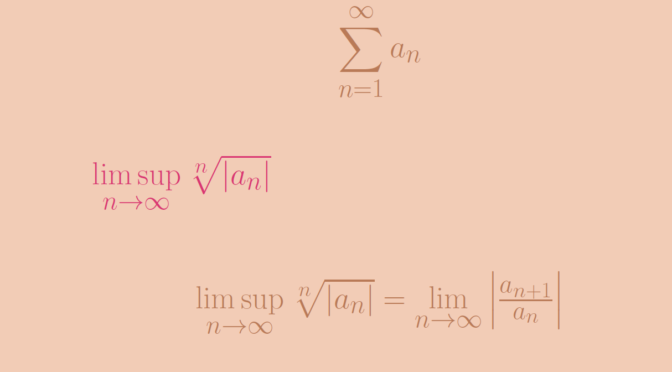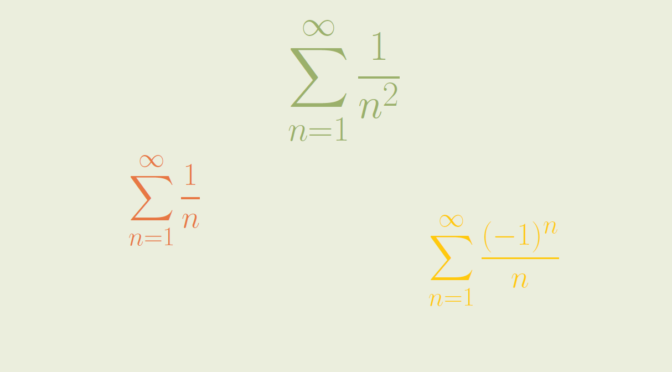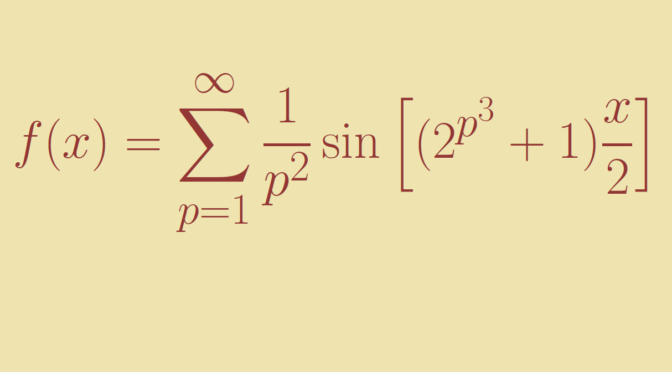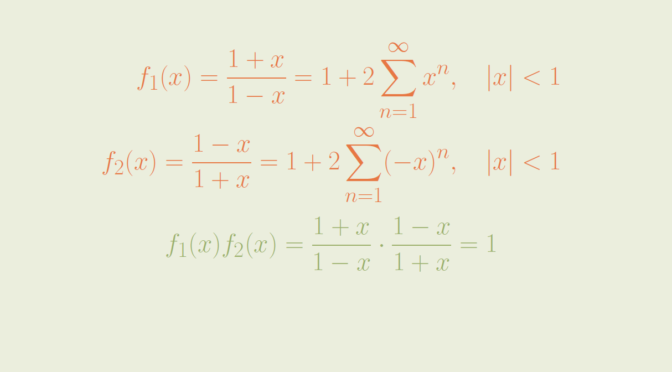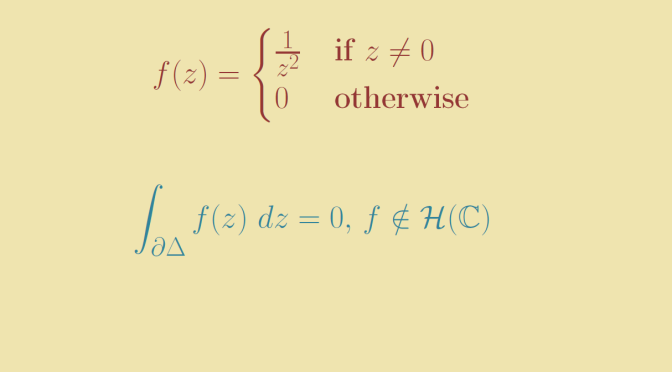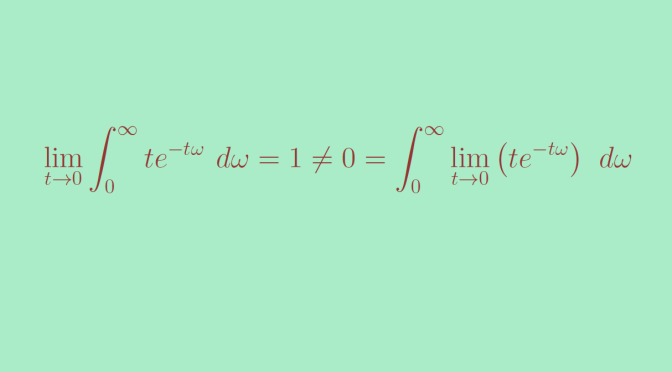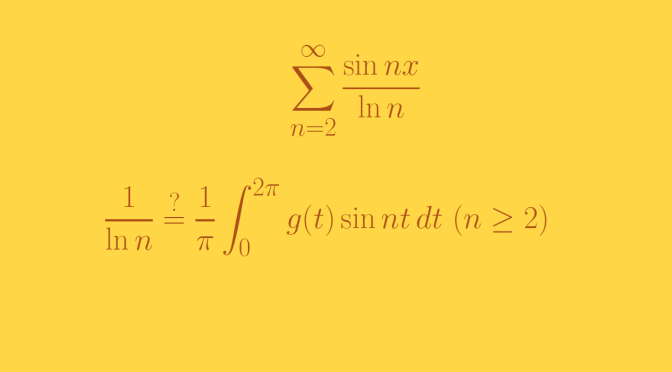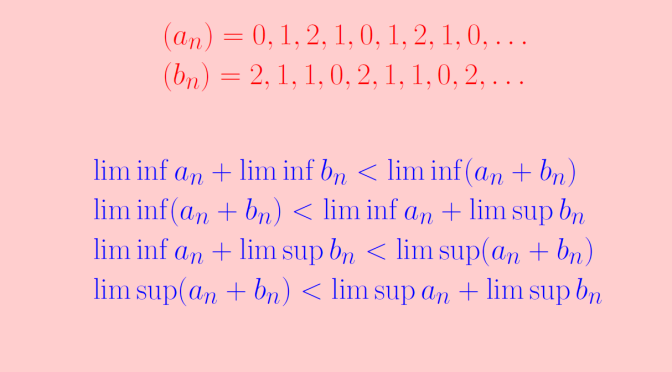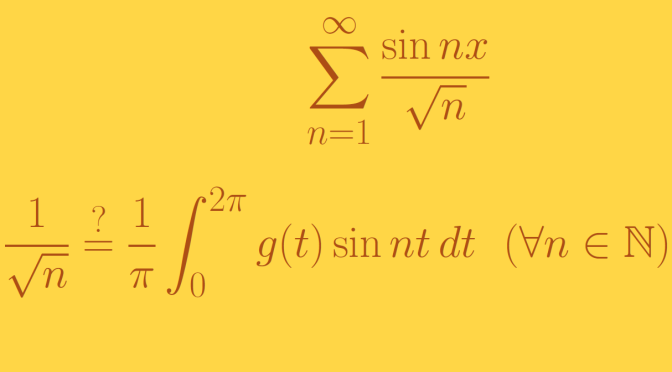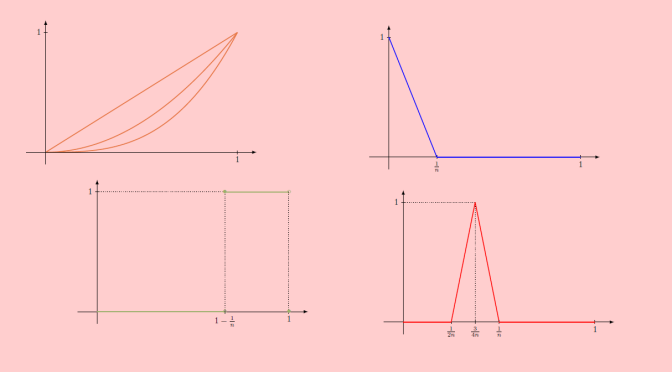The root test is a test for the convergence of a series \[
\sum_{n=1}^\infty a_n \] where each term is a real or complex number. The root test was developed first by Augustin-Louis Cauchy.
We denote \[l = \limsup\limits_{n \to \infty} \sqrt[n]{\vert a_n \vert}.\] \(l\) is a non-negative real number or is possibly equal to \(\infty\). The root test states that:
- if \(l < 1\) then the series converges absolutely;
- if \(l > 1\) then the series diverges.
The root test is inconclusive when \(l = 1\).
A case where \(l=1\) and the series diverges
The harmonic series \(\displaystyle \sum_{n=1}^\infty \frac{1}{n}\) is divergent. However \[\sqrt[n]{\frac{1}{n}} = \frac{1}{n^{\frac{1}{n}}}=e^{- \frac{1}{n} \ln n} \] and \(\limsup\limits_{n \to \infty} \sqrt[n]{\frac{1}{n}} = 1\) as \(\lim\limits_{n \to \infty} \frac{\ln n}{n} = 0\).
A case where \(l=1\) and the series converges
Consider the series \(\displaystyle \sum_{n=1}^\infty \frac{1}{n^2}\). We have \[\sqrt[n]{\frac{1}{n^2}} = \frac{1}{n^{\frac{2}{n}}}=e^{- \frac{2}{n} \ln n} \] Therefore \(\limsup\limits_{n \to \infty} \sqrt[n]{\frac{1}{n^2}} = 1\), while the series \(\displaystyle \sum_{n=1}^\infty \frac{1}{n^2}\) is convergent as we have seen in the ratio test article. Continue reading Root test

